

Cervejaria Ramiro is the Portuguese grande dame that has been serving up the best seafood in Lisbon since 1956. Don’t miss a trip to one of the best restaurants in Lisbon while you’re in town. Read more The Best Seafood in Lisbon


Cervejaria Ramiro is the Portuguese grande dame that has been serving up the best seafood in Lisbon since 1956. Don’t miss a trip to one of the best restaurants in Lisbon while you’re in town. Read more The Best Seafood in Lisbon


Designed by Erea and Architectonik comes a new addition to the Caribbean island of Saint Barts. Tucked into the edge of a cliff and overlooking Corossol Beach and Gustavia Harbor, this villa, named Villa Utopic, offers guests a stay where the focus is put on appreciating natural beauty while enjoying modern design and comfortable living. Read more Villa Utopic, Saint Barts

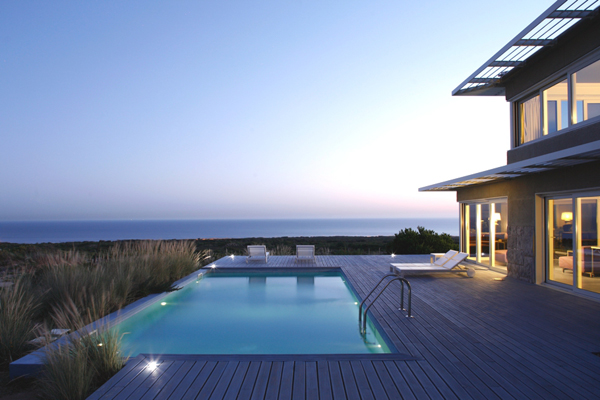
Set within the Sintra Cascais National Park and overlooking Portugal’s Atlantic coastline, five-star luxury hotel The Oitavos is haven of tranquility and all things chic.
Located just 20 minutes west of Lisbon and the airport, over-looking the West Atlantic coastline, the contemporary hotel has been designed with sleek lines and elegantly simple interiors. The luxury hotel embraces rather than competes with its natural surroundings. Read more The Oitavos hotel, Portugal
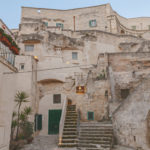
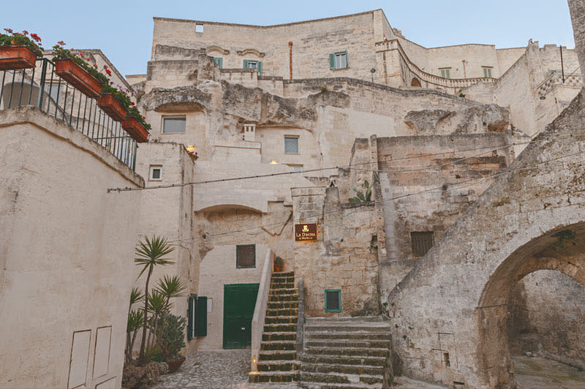
Matera is a city and a province in the region of Basilicata, in Southern Italy. It is the capital of the province of Matera and the capital of Basilicata from 1663 to 1806. The town lies in a small canyon carved out by the Gravina.
Known as “la Città Sotterranea” (the Subterranean City), Matera is well known for being one of the oldest inhabited cities in the world. Its historical center called “Sassi”, along with the Park of the Rupestrian Churches, is considered a World Heritage Site by UNESCO since 1993.
On October 17, 2014, Matera was declared Italian host of European Capital of Culture for 2019. Read more The cave-dwellings of Matera
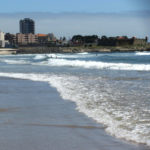
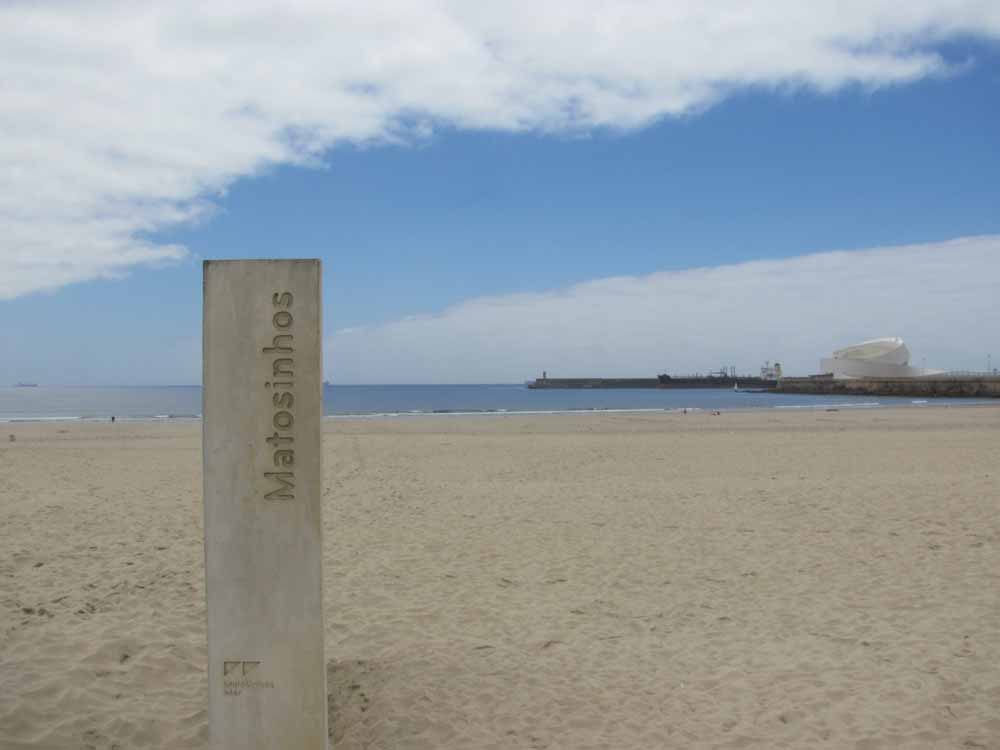
Matosinhos is a city and a municipality in northern Portugal. It is bordered to the south by the city of Porto and lies within the Greater Porto subregion. The population in 2011 was 175,478, in an area of 62.42 km². The city proper had a population of 45,703 in 2001.
The city was the birthplace of the architect Siza Vieira. It was also where poet Florbela Espanca died: a local library is named after her. Matosinhos is located on the seacoast and is a commercial and industrial centre in the Porto Metropolitan Area. Matosinhos has good summer weather, nice beaches, but cool water temperature. Read more Matosinhos, day at the ocean

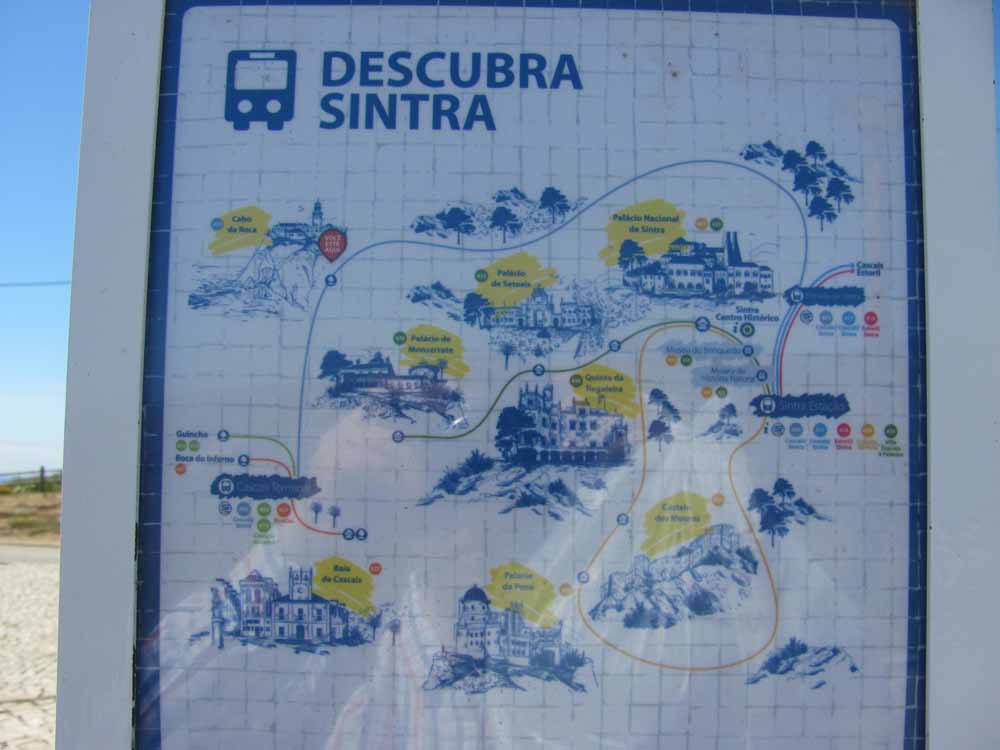
Sintra is a town and a municipality in the Grande Lisboa subregion (Lisbon Region) of Portugal, considered part of the Portuguese Riviera. The municipality contains two cities: Queluz and Agualva-Cacém. The population in 2011 was 377,835, in an area of 319.23 square kilometres (123.26 sq mi). Read more Pena, Sintra, Portugal

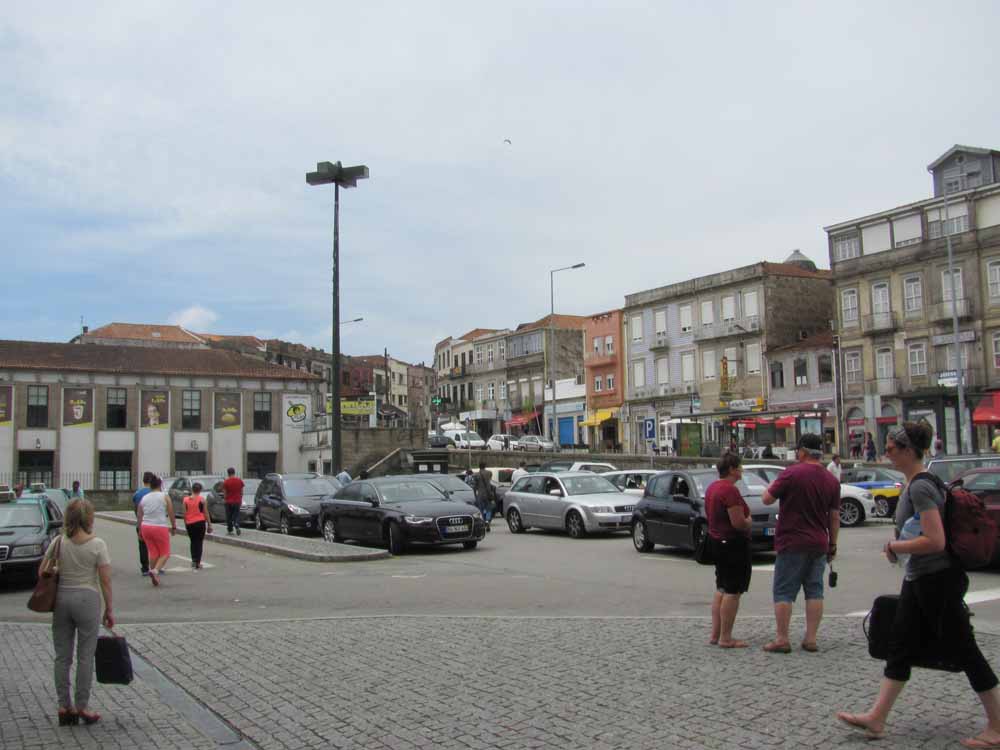
Porto (Portuguese pronunciation:ˈpoɾtu), also known as Oporto in English, is the second largest city in Portugal after Lisbon and one of the major urban areas of the Iberian peninsula. The urban area of Porto, which extends beyond the administrative limits of the city, has a population of 1.4 million (2011) in an area of 389 km2 (150 sq mi), making it the second-largest urban area in Portugal. Porto Metropolitan Area, on the other hand, includes an estimated 1.8 million people. It is recognized as a gamma-level global city by the Globalization and World Cities (GaWC) Study Group, the only Portuguese city besides Lisbon to be recognised as a global city. Read more Snapshots from Porto, Portugal
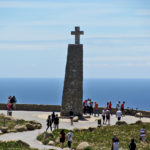
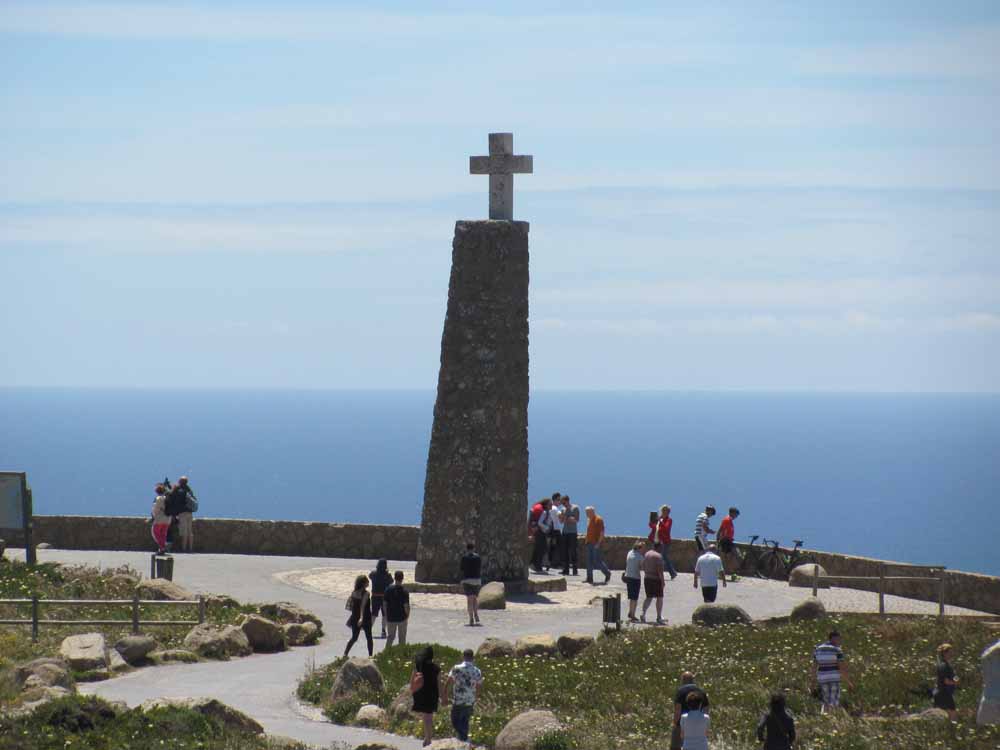
Cabo da Roca (Cape Roca) is a cape which forms the westernmost extent of mainland Portugal and continental Europe and by definition the Eurasian land mass.
Cabo da Roca was known to the Romans as Promontorium Magnum and during the Age of Sail as the Rock of Lisbon. Read more Cabo da Roca – The End of the World
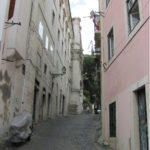
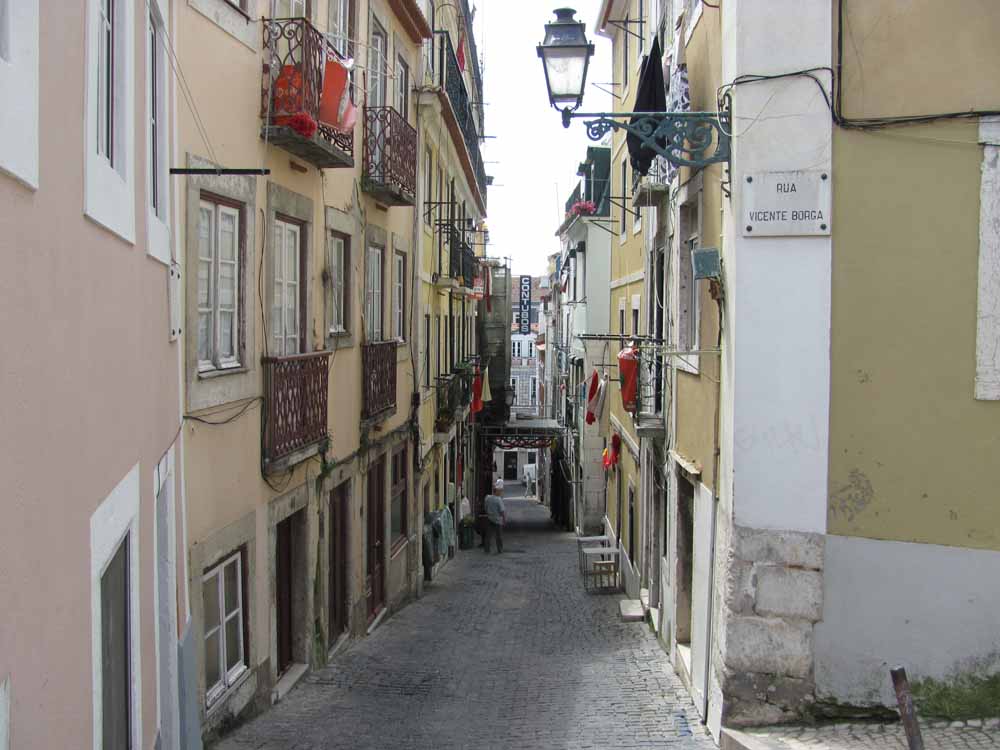
Lisbon (Portuguese: Lisboa) is the capital and the largest city of Portugal, with a population of 552,700 within its administrative limits in an area of 100.05 km². Its urban area extends beyond the city’s administrative limits with a population of around 2.7 million people, being the 11th-most populous urban area in the European Union.
Lisbon is recognised as a global city because of its importance in finance, commerce, media, entertainment, arts, international trade, education and tourism. It is one of the major economic centres on the continent, with a growing financial sector and one of the largest container ports on Europe’s Atlantic coast. Lisbon Portela Airport serves over 20 million passengers annually, as of 2015 and the motorway network and the high-speed rail system of Alfa Pendular link the main cities of Portugal. The city is the 7th-most-visited city in Southern Europe, after Istanbul, Rome, Barcelona, Madrid, Athens and Milan. Read more Lisbon walkaround